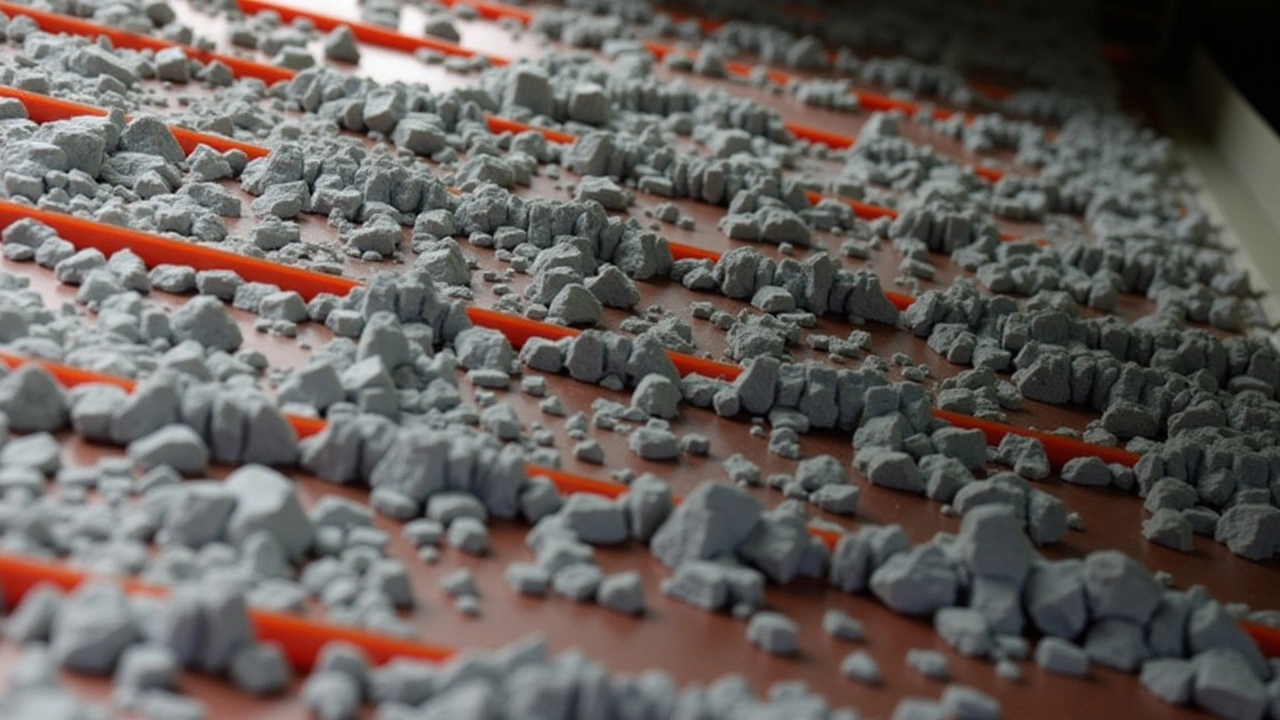Lithium production has become a hot topic because it powers the batteries that run electric cars, smartphones, and even renewable energy storage systems. But what exactly does producing lithium involve, and why is it so important today? In simple terms, lithium is a lightweight metal extracted mainly from mineral ores or brine pools. These sources are then processed to produce lithium compounds used in batteries.
Mining lithium isn't as straightforward as it sounds. Extracting lithium from hard rock mineral ores like spodumene involves crushing, heating, and chemical treatment to separate lithium from other materials. On the other hand, lithium from brine pools is gathered by pumping salty water into evaporation ponds, letting the sun and wind concentrate the lithium over months before further processing.
The surge in electric vehicle sales and clean energy tech has put lithium in the spotlight. Companies race to secure lithium supplies because batteries need lithium ions to store and release energy efficiently. Without enough lithium, producing affordable and long-lasting batteries would be tough, slowing down the shift to greener energy solutions that reduce pollution.
One thing to keep in mind is that lithium production needs to balance demand with environmental care. Mining and processing use water and energy and can impact local communities and ecosystems if not handled responsibly. Innovations aimed at recycling lithium from old batteries and exploring more sustainable mining methods are gaining ground to tackle these challenges.
Looking ahead, lithium production is expected to grow rapidly to meet the booming demand. New mining projects and extraction techniques are in development to increase output and reduce the environmental footprint. Also, governments and industries are focusing on supply chain stability because any shortage could spike battery costs and slow down electric vehicle adoption.
So, whether you're curious about electric cars or just want to understand how everyday tech works, knowing the basics of lithium production helps connect the dots. It’s a key piece in the puzzle of building a cleaner and more sustainable future powered by better batteries.
